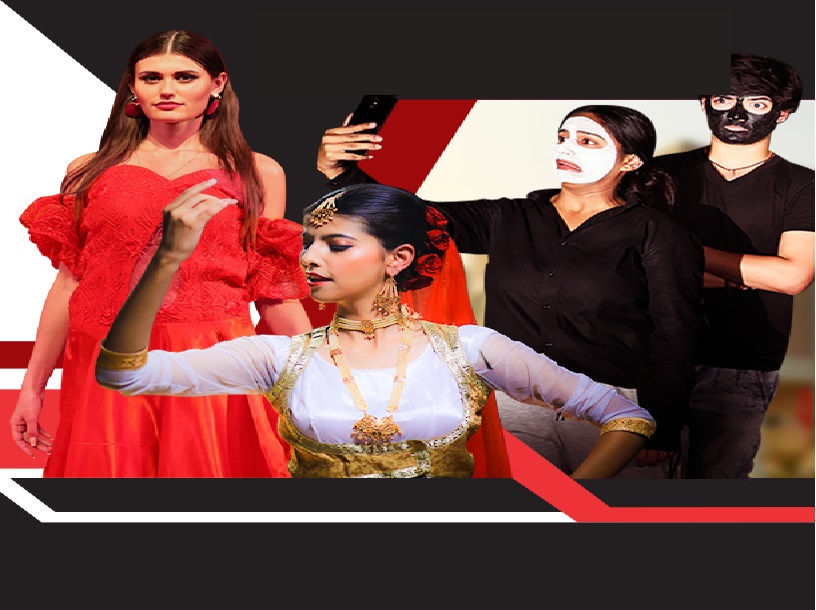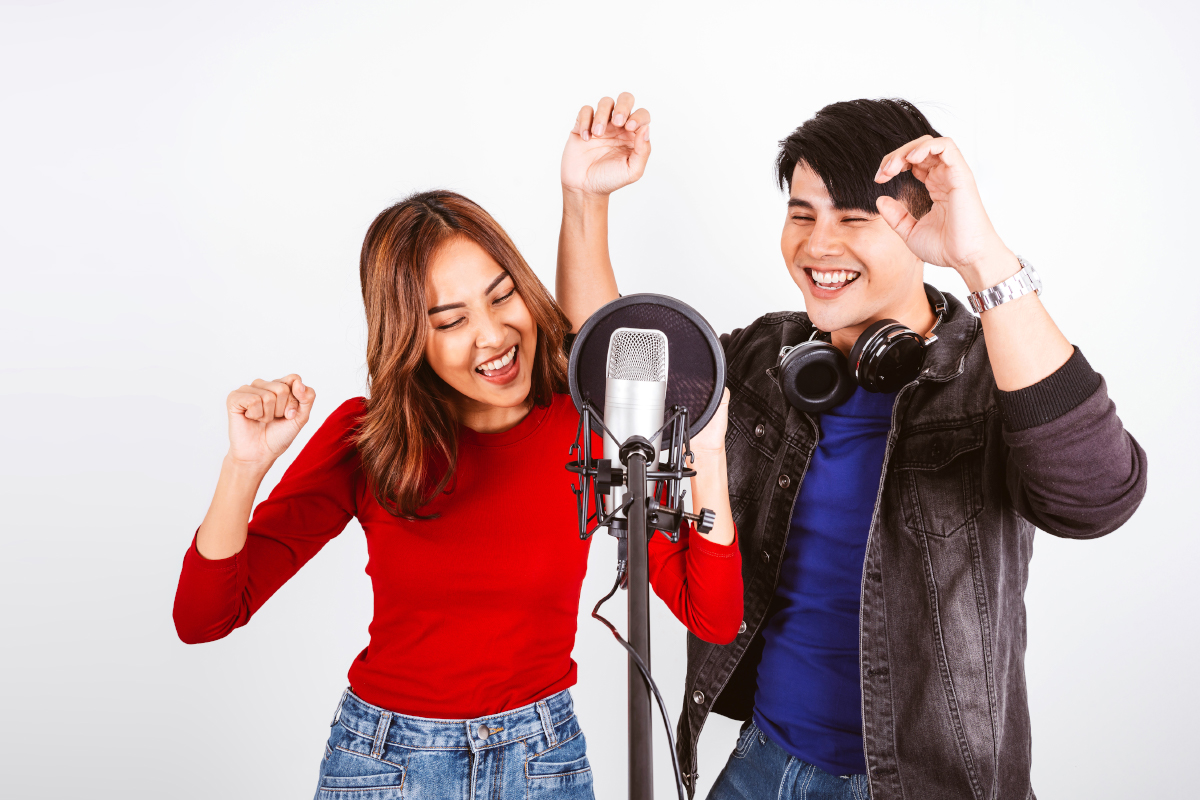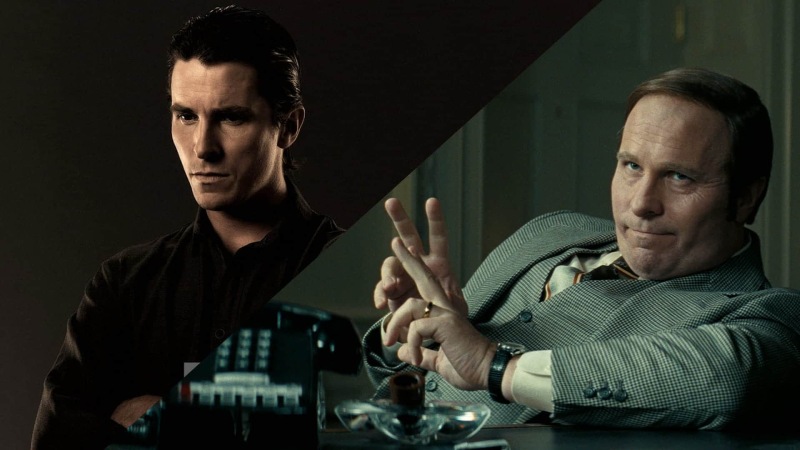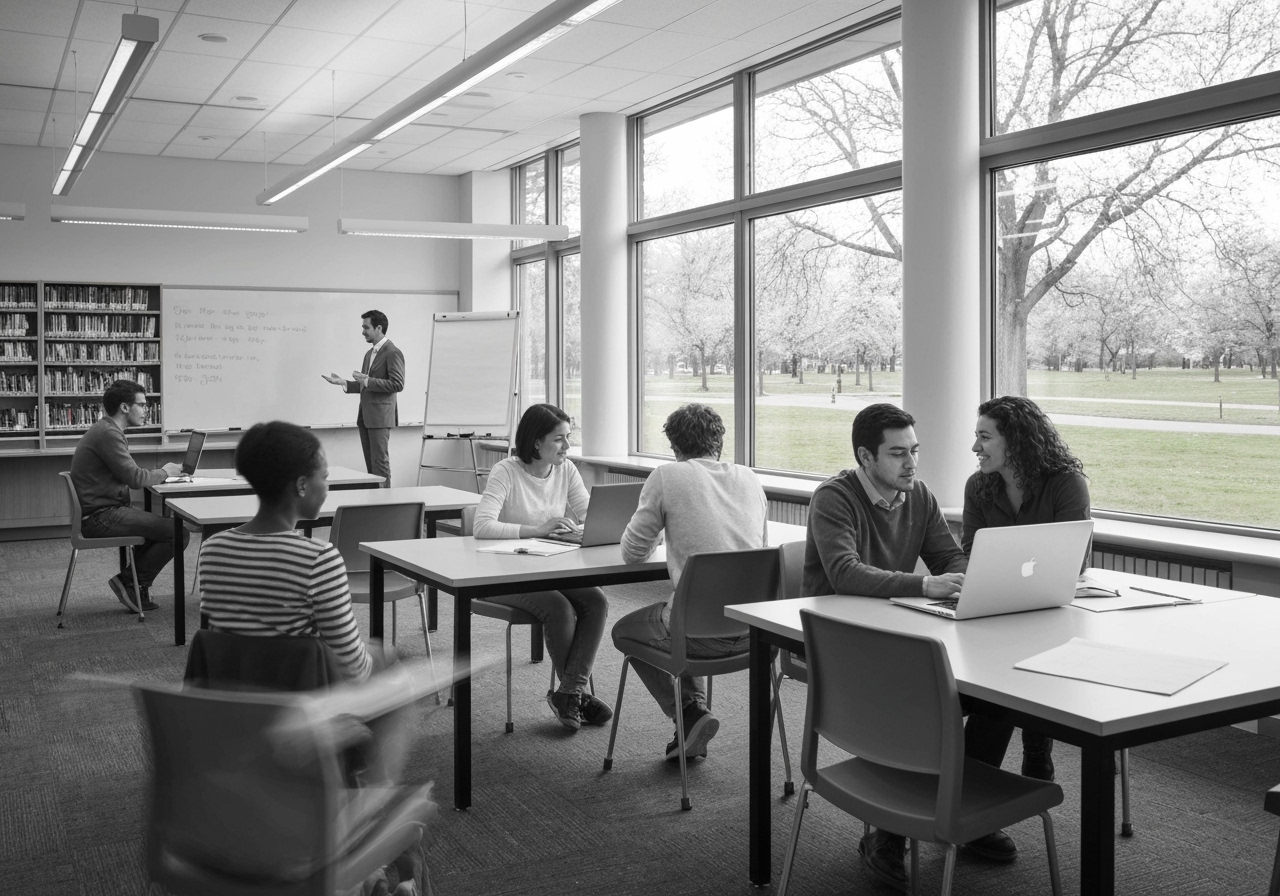Creative Education in the Digital Age: Challenges and Opportunities
Creative education relies heavily on critical thinking, hands-on or practical approaches rather than bookish knowledge, and teaches students to be flexible, and think out-of-the-box. Creative disciplines like arts, creative writing, Design, etc often have curriculums that encourage diversity and innovation in thinking and empower students to approach problem-solving with a more open mind and come up with authentic solutions.
The rapid and continuous evolution of the digital space and its influence on creative fields is a hot topic. The shift from traditional to more tech-oriented approaches, and the constant need to evolve and keep up with the dynamic digital innovations, and more recently Artificial Intelligence has heavily impacted creative education – both positively and negatively. As art and design become more and more reliant on technology – the latest software, AI, AR-VR, etc, institutes and their curriculums will have to adopt a broader and more digitally-driven syllabus. This means creating a balance between the traditional and evolving approaches to these disciplines, and a practical framework of how the fundamentals of arts, design, or creative writing are applied in a digital space.
We live in a world where we cannot separate technology from our daily needs. The key here is to impart to students the skill and knowledge to make technology a supporting device, an assistant even, in their creative processes. Technology can be immensely helpful in getting over creative blocks, reducing the time required in research and related aspects, and even communicating ideas and thought processes. However, there’s a fine line between optimizing digital innovations and a heavy dependence on them. Here, we will discuss the ‘“what” and “how” of digitizing creative education and using digital tools in the best way possible.
Curriculum Design and Teaching in the Digital Age
Moving away from traditional syllabus and methods of teaching, modern curriculums are more Student-oriented, and interactive and use technology as teaching aids. This involves getting students acquainted with the newest software and providing them with multi-disciplinary knowledge that would help them navigate the industry as creative professionals.
Do you want free career counseling?
Ignite Your Ambitions- Seize the Opportunity for a Free Career Counseling Session.
- 30+ Years in Education
- 250+ Faculties
- 30K+ Alumni Network
- 10th in World Ranking
- 1000+ Celebrity
- 120+ Countries Students Enrolled
The multi-disciplinary approaches have to be aimed at preparing students to embrace the dynamism of the rapidly changing digital space and motivate them to constantly upskill themselves and keep up with the ever-changing industry standards and requirements. It broadens the horizons for artists and designers and enables them to understand different perspectives which in turn creates more innovation. Learners are now required to study the basics of related disciplines in addition to their own – like marketing and social media management, computer languages and data science, or writing alongside arts and design. This approach ensures they get the best of everything and increases their employability in the long run.
Acknowledging diverse minds and a variety of unique points of view is key to modern curriculum design. Diversity in perspectives is integral to any creative education. Courses that teach students to look at problem-solving from different lenses prepare them for the complexities they might encounter as creative professionals. Digital tools are great for sharing real-life insights and case studies that are relatable rather than depending on text materials, especially for fields like art and design that don’t fit into most standardized syllabuses.
Exploring emerging tools – like an online mood board that everyone can access simultaneously, or keyword research alongside brainstorming – as a part of the curriculum are some of the ways creative education can move forward in the digital age. Engaging with the rapid changes in the digital space instead of passively observing could ultimately create a kind of partnership between humane creativity and Artificial Intelligence that we are all in need of.
Book Now →

Opportunities
The ever-evolving digital age has a very clear and profound influence on creative education. Artists are moving towards digital art, designers are befriending 3D illustration software, Musicians are using advanced models for music production, and the list goes on. These emerging software/ tools open up a ton of new paths for young creative minds and there are many ways they can help.
- Increased Productivity
Technology reduces time and thus increases efficiency. Generating ideas, looking for inspiration, and analyzing the socio-ethical aspects is now easier than it was ever before. Writers, for instance, could use software to proofread, spell-check, and run plagiarism checks on their works much faster. Designers can look at inspirations, analyze brands from their websites, and create 2D and 3D patterns. It not only cuts the time required in half but also saves a lot of paper and reduces waste generation.
- Accessibility
People have diverse needs. Technology acknowledges these needs and creates a space that is much more accessible. Features like Alt text and Voice search are just some of the examples of how the digital age brings with it a much more accessible space. Remote access to digital archives, speech-to-text and text-to-speech options, Audio-visual options, fonts designed for people with dyslexia, and the like enable people with varying needs to get equal opportunities in creative professions.
Do you want free career counseling?
Ignite Your Ambitions- Seize the Opportunity for a Free Career Counseling Session.- Ease of Creation
While software like Adobe Illustrator and Photoshop have been there for a while, incorporating AI-driven features into them has made creation easier. They provide platforms to explore more freely. When it comes to making digital art, most mistakes aren’t irreversible, and experimenting with different strokes and textures is easier. It is also portable and artists can create from anywhere. Designers on the other hand can see what a product would look like in real time without actually creating a physical sample. 3D software allows them to ideate, explore, design, and preview before production, saving both time and money.
- Dealing with Creative Blocks
One of the major obstacles that every creative professional has to overcome is creative blocks. This happens when people in creative fields can’t produce new ideas, and often find it impossible to proceed with any creative work. Using AI to generate ideas or get fresh perspectives and prompts can help get over creative blocks. Some writers, for instance, may prefer to generate illustrations on prompts and use those as references to write, while artists might generate descriptions and use those as references for illustrations. Hence, using interactive AI models to brainstorm ideas is a quick and proven way to get back in the process.
Challenges
Experts have already raised concerns about depending too much on Artificial Intelligence and how it can hamper our critical thinking skills in the long run. Although there are multiple positive aspects to digitizing creative education, there are some obvious concerns that need to be mentioned. We have seen countless takes on how and why the digital tools available at the moment are not completely capable of competing with human creativity or replacing teachers and facilitators in creative education. However, it can create a loop of redundant idea generation and content creation that halts creative progress.

- Limiting Human Creativity
Tools and software that help generate prompts and ideas, even storyboards and illustrations/pictures might actually result in limiting creativity. While it is a great way to come out of a creative block or to just create more in general, it can result in relying too much on AI and too less on one’s own creativity. Algorithm-oriented apps can also generate redundant or repetitive ideas, which might not be very noticeable at first but can hamper the ability to think outside the box or come up with new and fresh ideas. What is important is giving students the right knowledge and tools to use AI as a supplementary or an assistant and not as a guide.
Newer curriculums in creative education are thus more complex. Their backbone is emphasizing the collaboration of traditional and digital approaches in a way that increases efficiency but doesn’t limit creativity.
- Excessive Dependence on AI/Digital tools
Relying on generative AI can cause students to excessively depend on it. While they are an integral part of any creative profession now, there are limitations to their creative abilities. Simply put, the algorithms that are currently available are not a replacement for the complex creative processes and outcomes of the human brain. And so, excessive dependence on them would deteriorate the quality of work and beat the basic purpose of creative education.
A blend of traditional hands-on methods and Digital would ensure accessibility while also allowing students to independently think and work on complex problem-solving. For example, Knowing how a material feels to the skin is important in design-related disciplines. Understanding different textures, luster, fall, and weight is crucial for designing products- utilitarian or luxury. While 3D illustrations and material libraries are useful, save sampling time, and are sustainable, completely relying on them can result in faulty designs. With art, practical knowledge of mediums – consistency of sculpting materials, intricacies of brush strokes, etc are what make the final product stand out. Digital mediums take away the tactile elements of creative education – which is a fundamental and rather important component in art and design.
- The Problem of Quantity over Quality
Technology implies a fast pace, an increase in productivity, and more ideas and content generation. However, a major challenge with excessive dependence on AI and other digital tools is putting quantity over quality. The plethora of ideas, prompts, and generated art might look tempting – it increases output and is time-efficient after all. However human creativity is emotion-rich and relies on senses – which might be missing from generated works. Putting quantity over quality impacts the individual’s creative quotient and hinders creative growth.
Creative education – art, creative writing, music, etc focuses on producing pieces that connect with their respective audience. Human creativity evokes emotion, thus helping the consumer to connect with the artwork. AI-generated art that is deprived of the creator’s humane touch often fails to form that connection.
What the Future of Creative Education Could Look Like
A major challenge in designing courses for creative fields is keeping up with the ever-evolving dynamic digital age and introducing young students to creative processes while also simultaneously guiding them to navigate the fast-changing industry. An ideal way to move forward would thus involve creating a balance between traditional and digital/AI, a harmonious composition where our creativity seamlessly blends with what the technology has to offer.

Learning how to nurture one’s creativity while also optimizing the available technology can result in more innovations and positively change the face of creative education, ultimately creating a beautiful collaboration. Inevitably, these two cannot function optimally independently of each other, and the syllabuses and curriculums will adapt to the collaborative needs to create a more accessible, innovative, and dynamic world of art and design.
If you are interested in courses that keep up with time and deliver need-of-the-hour outcomes, AAFT has multiple creative schools – of arts, design, cinema, and music with well-designed curriculums, and expert faculty members. The project-based and training-oriented programs provide students with the required skills and exposure to find their way in the industry they are passionate about.

AAFT has been providing the world with limitless creativity and expression since 1993! Through a dynamic and industry-driven curriculum, AAFT provides engaging and captivating articles to persuasive blogs and empowers its readers to explore diverse avenues of creative media education-related content.






